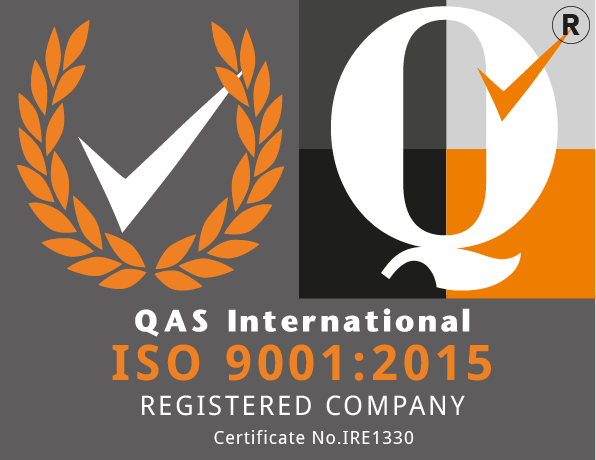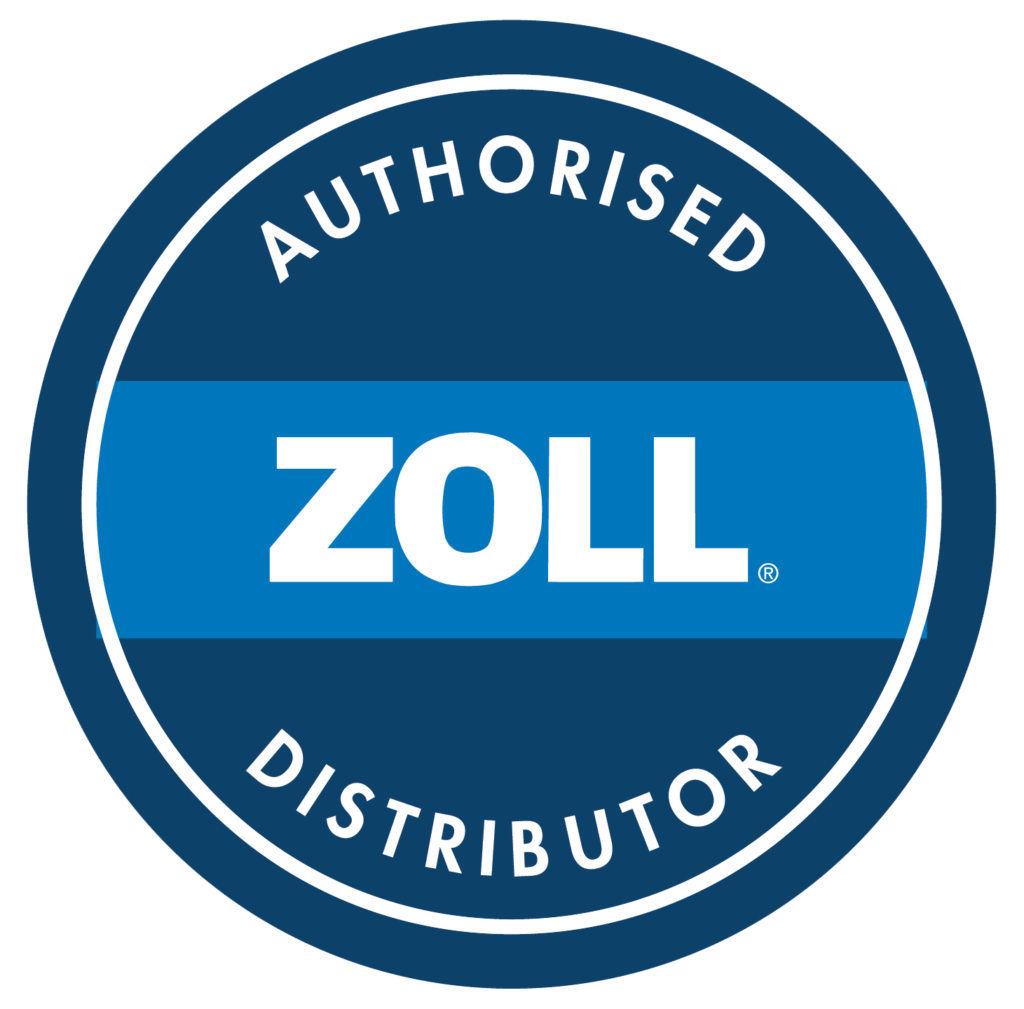The table below summarises new requirements, updated guidance, and removed sections between the 2023 and 2025 editions of HIQA’s Fire Safety Handbook: A guide for providers and staff of designated centres. Changes are organised by category, with the relevant chapter/section indicated and a description of the change and its implications.
New Fire Safety Requirements in 2025 Edition (vs 2023)
| Change | Section (Chapter) | Description & Implications |
|---|---|---|
| New Requirement | Governance – Risk Management Policy (Ch. 2) | Formal Risk Management Policy Mandated: The 2025 handbook now explicitly requires providers to have a written risk management policy specific to each centre, in line with new care and welfare regulations effective 31 March 2025. This policy must be kept up to date and implemented continuously. It should cover identifying and investigating serious/adverse events and how to respond to major incidents (e.g., fires causing injury, service disruption, or property damage). Implication: This represents a new compliance obligation (particularly for older persons’ centres) – providers must formalise their fire-risk governance by maintaining a centre-specific risk management policy, reflecting the enhanced regulatory focus on proactive fire safety management in 2025. |
Updated Guidance and Revisions in 2025 Edition
| Change | Section (Chapter) | Description of Change |
|---|---|---|
| Updated Guidance | Governance – Risk Management Procedures (Ch. 2) | Revised Policy Content – “Learning from Incidents”: The 2025 edition refines the description of the risk management policy. Notably, it omits the phrase “learning from serious or adverse events”, which was included in the 2023 handbook’s outline of risk management arrangements. In 2025, the policy is described as covering “identification, recording and investigation of serious or adverse events” only. Implication: This editorial change aligns the handbook with the exact wording of the updated regulations. It formalises documenting and investigating incidents, slightly de-emphasising the explicit learning aspect that was previously mentioned (though learning is still an expected outcome of investigations). |
| Updated Guidance | Fire Safety Equipment Standards (Ch. 14) | Technical Standards References Updated: The 2025 handbook updates references to fire safety standards to the latest versions. For example, the required standard for fire blankets was updated from the old Irish Standard I.S. 415:1998 in the 2023 edition to I.S. EN 1869:2019 (Fire Blankets) in the 2025 edition. Similarly, references to other fire safety equipment standards (fire alarms, emergency lighting, etc.) are kept current in 2025 (e.g. the handbook cites I.S. 3218:2013+A1:2019 for fire detection and alarm systems). Note: I.S. 3218:2024 is the current fire detection and alarm system standard. Implication: Providers must ensure all fire safety equipment and systems comply with the latest standards. The handbook’s updates remove outdated references, clarifying that compliance should be measured against up-to-date Irish Standards rather than superseded ones. |
| Updated Guidance | Regulatory References (Ch. 1 & Appendix) | Inclusion of New Legislation: The 2025 edition includes updated legal references to reflect new or amended fire safety regulations. For instance, it adds the Health Act 2007 (Care and Welfare of Residents in Designated Centres for Older People) (Amendment) Regulations 2025 – a regulation not present in the 2023 handbook. References to earlier amendments and related standards have also been revised. Implication: The handbook now directs providers to consider the most current legislation (including 2025 amendments) when developing fire safety policies and procedures. This ensures that designated centres’ governance and compliance measures align with the latest statutory requirements. |
Removed or Omitted Items in 2025 Edition
| Change | Section (Chapter) | Description of Removal |
|---|---|---|
| Removed Section | Risk Management Policy – Learning Aspect (Ch. 2) | Omission of “Learning from Events”: The 2025 handbook has removed the explicit reference to “learning from serious or adverse events” in the risk management policy section. The 2023 edition stated that the policy should include arrangements for “identifying, recording, investigating and learning from serious or adverse events involving residents or children. The 2025 edition streamlines this to “identification, recording and investigation” of such events, with no mention of learning. Implication: While the core process of managing adverse events remains, the deliberate omission of “learning” narrows the wording to compliance-focused actions. This change likely reflects regulatory language, but providers should continue to internalise fire incident lessons as a best practice, even if the phrase is no longer explicitly stated. |
Note: Other key fire safety provisions, such as evacuation procedures (e.g. conducting regular fire drills, including night-time drills and using realistic scenarios) and staff training requirements (e.g. providing annual refresher fire safety training for all staff), remain fundamentally the same in the 2025 handbook as in the 2023 edition. The differences highlighted above are those where the newer version introduced a new requirement or materially changed or removed guidance related to fire safety governance, evacuation, training, equipment, or risk assessment. Editorial updates have been included only where they affect the interpretation or application of fire safety standards and responsibilities.









